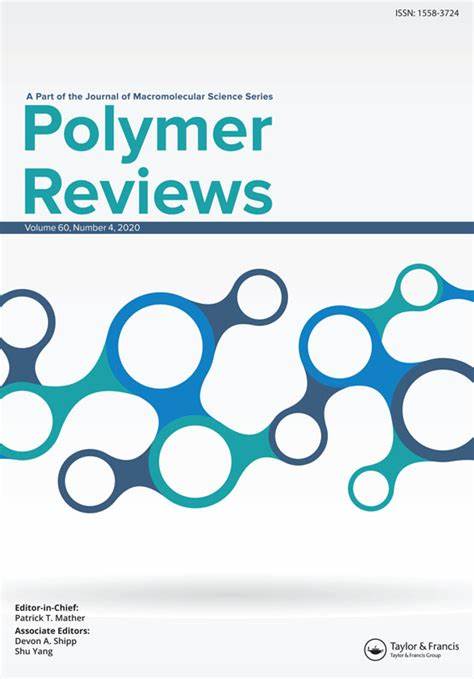New Polylactide-Based Materials by Chemical Crosslinking of PLA
IF 11.1
2区 化学
Q1 POLYMER SCIENCE
引用次数: 16
Abstract
Abstract The ongoing interest of researchers in bioderived polylactide (PLA) is due to the current tendency to replace petroleum-based plastics with polymers from renewable resources. Polylactide fits this trend because of its mechanical properties resembling those of some petroleum-based polymers commonly applied in daily life and because of its degradability. Added value is the excellent biocompatibility of PLA thanks to which it has found an application in biomedicine. This great interest in polylactide is reflected in the literature. Crosslinking of polylactide was also studied by many authors as an easy method of the improvement and the modification of its properties (thermal, mechanical, rheological, degradability) according to requirements of existing or possible applications. In the present review, the examples of polylactide and its copolymers crosslinking by chemical approaches described in the literature are presented. Thus, chemical methods including peroxide-induced radical crosslinking and crosslinking by coupling of functional PLA prepolymers via condensation/addition reactions are discussed. The results of PLA modification and examples of new, interesting materials obtained via different crosslinking methods are shown.聚乳酸化学交联制备新型聚乳酸基材料
研究人员对生物衍生聚乳酸(PLA)的持续兴趣是由于目前用可再生资源的聚合物取代石油基塑料的趋势。聚丙交酯符合这一趋势,因为它的机械性能与日常生活中常用的一些石油基聚合物相似,而且它的可降解性。PLA的附加价值在于其优异的生物相容性,这使得它在生物医学上得到了应用。这种对聚丙交酯的极大兴趣反映在文献中。许多作者还根据现有或可能的应用要求,研究了聚丙交酯的交联作为改善和修饰其性能(热、机械、流变学、可降解性)的一种简便方法。本文综述了文献中描述的用化学方法交联聚丙交酯及其共聚物的实例。因此,化学方法包括过氧化氢诱导自由基交联和通过缩合/加成反应偶联功能聚乳酸预聚物进行了讨论。给出了聚乳酸改性的结果和通过不同交联方法获得的有趣的新材料的例子。
本文章由计算机程序翻译,如有差异,请以英文原文为准。
求助全文
约1分钟内获得全文
求助全文
来源期刊

Polymer Reviews
工程技术-高分子科学
CiteScore
24.80
自引率
0.80%
发文量
21
审稿时长
6 months
期刊介绍:
Polymer Reviews is a reputable publication that focuses on timely issues within the field of macromolecular science and engineering. The journal features high-quality reviews that have been specifically curated by experts in the field. Topics of particular importance include biomedical applications, organic electronics and photonics, nanostructures, micro- and nano-fabrication, biological molecules (such as DNA, proteins, and carbohydrates), polymers for renewable energy and environmental applications, and interdisciplinary intersections involving polymers.
The articles in Polymer Reviews fall into two main categories. Some articles offer comprehensive and expansive overviews of a particular subject, while others zero in on the author's own research and situate it within the broader scientific landscape. In both types of articles, the aim is to provide readers with valuable insights and advancements in the field of macromolecular science and engineering.
 求助内容:
求助内容: 应助结果提醒方式:
应助结果提醒方式:


